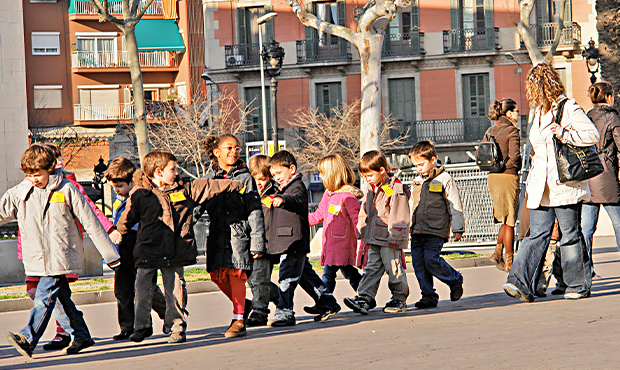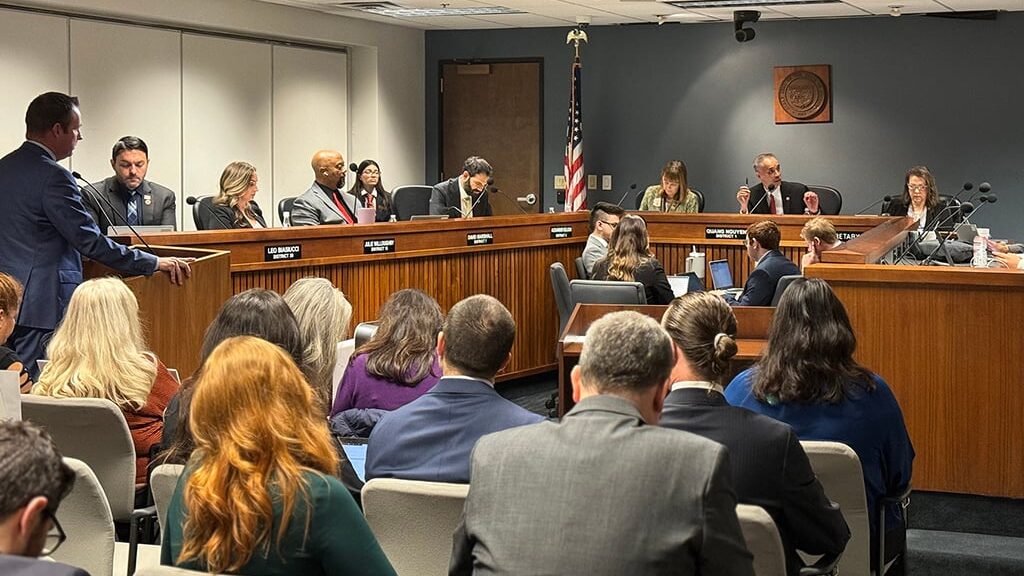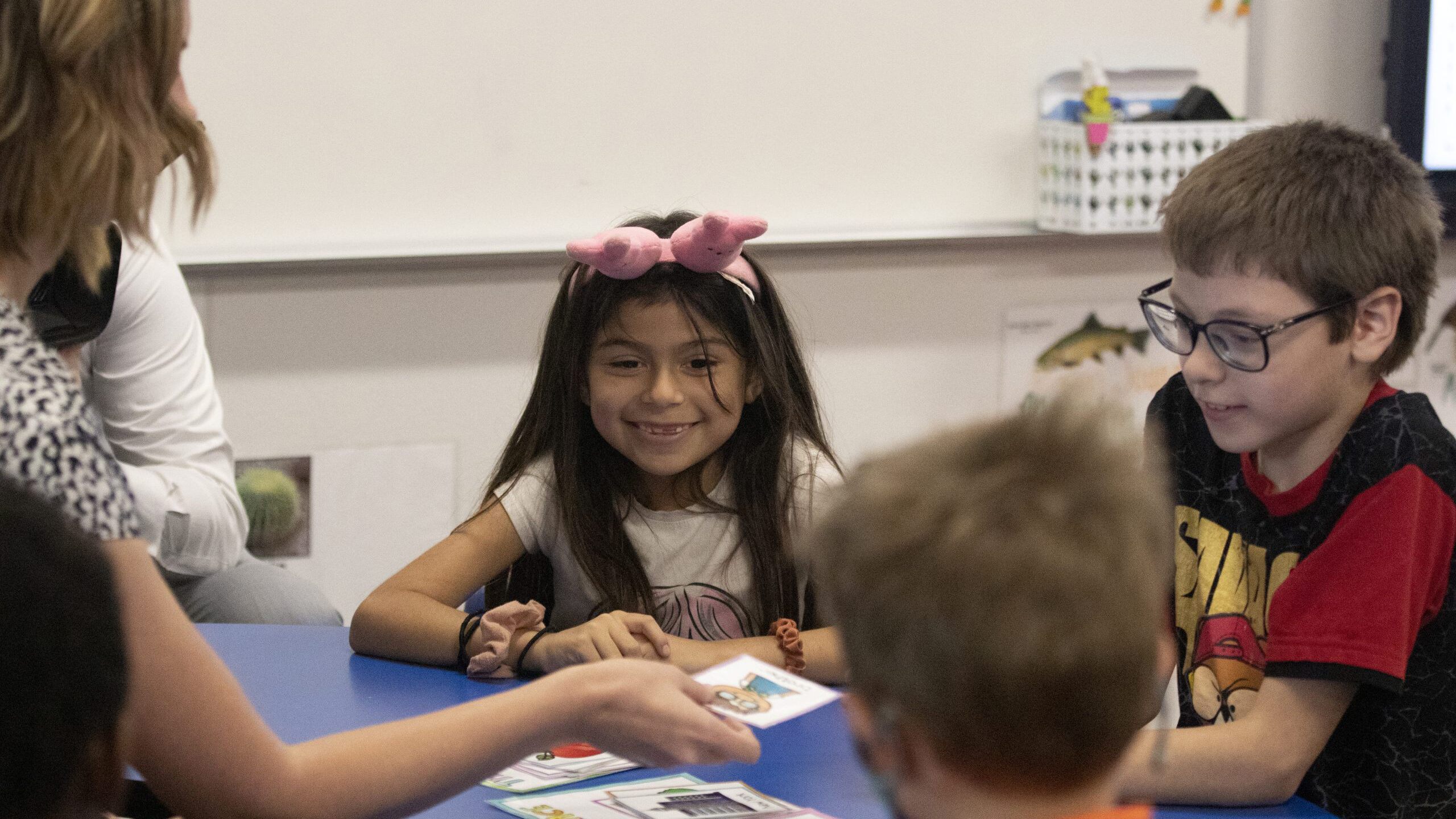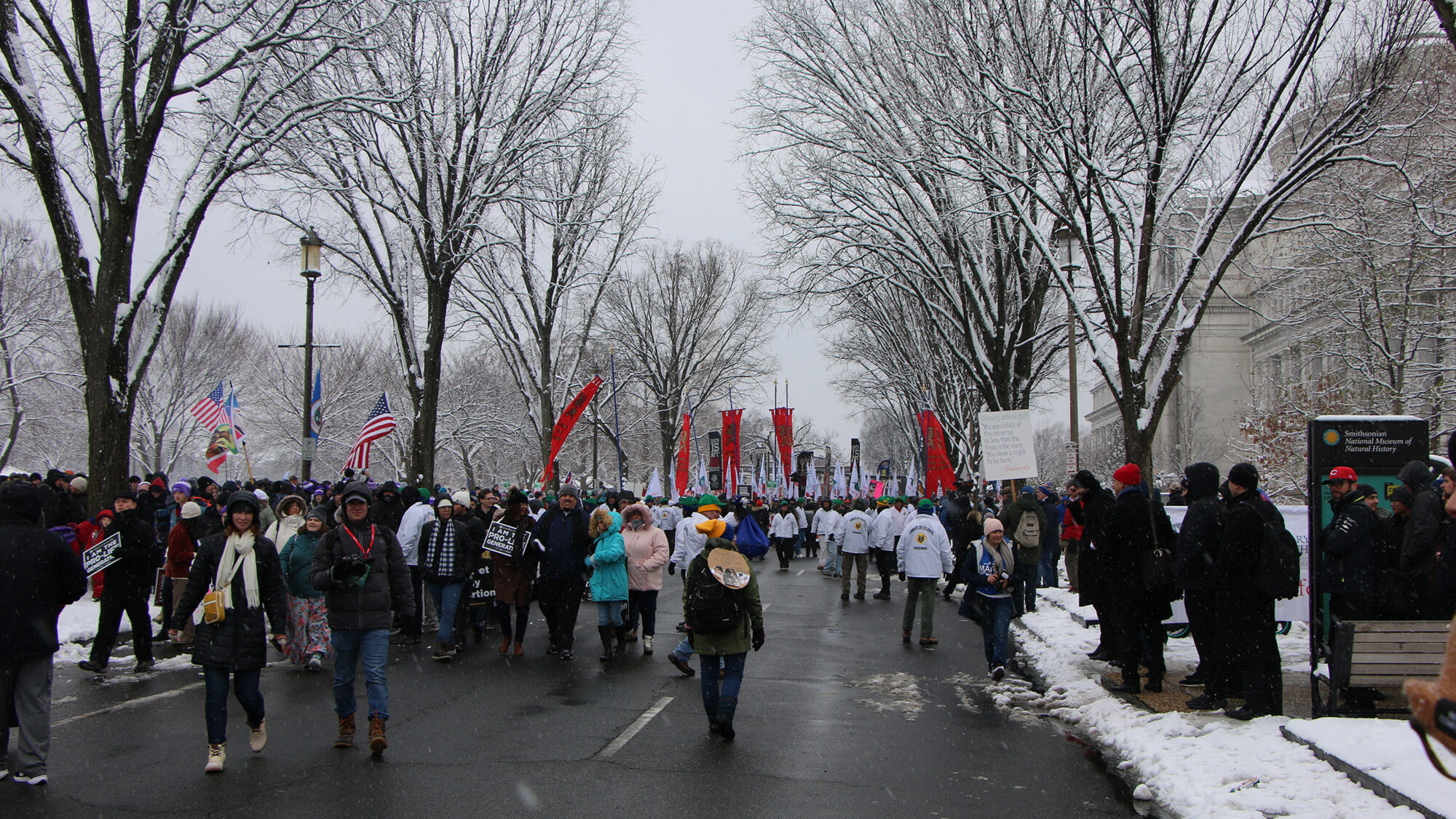Report shows ‘child care deserts’ hit poor, rural Arizona families hardest
Jan 11, 2021, 4:05 AM

Arizona has about 70,000 more kids who need child care than it has spaces available to accommodate them, a gap that was fairly typical for the 25 states studied in a recent report. Advocates, who fear the gap will widen as a result of COVID-19, say the report has only strengthened their resolve to address the problem. (Creative Commons)
(Creative Commons)
WASHINGTON – Arizona has 304,180 infants and toddlers who need child care but only 234,270 slots to accommodate them, with poor and rural families most likely to be left out, a recent study said.
Arizona child care advocates said they were not surprised by the numbers in the Bipartisan Policy Center study, which they said has inspired them to push harder for accessible care.
“Some people can afford to put their children in high-quality care and their children will get that and we don’t have to worry about those kids, fortunately,” said Marilee Dal Pra, CEO of First Things First, a Phoenix-based children’s advocacy group.
“Unfortunately, in a state like Arizona that has such a high poverty level, especially for the zero to 5 (year old) population, these families don’t have those resources,” Dal Pra said.
The report by the Bipartisan Policy Center’s early childhood initiative looked at 25 states – an initial plan to get data from all 50 states was derailed by the COVID-19 pandemic – to analyze gaps in child care across the country.
While Arizona fell short, its nearly 70,000-slot deficit was not the worst in the nation. Arizona fell about in the middle of the 25 states, both in terms of whole numbers and percentage shortfall.
North Carolina had just under 200,000 slots for the more than 459,000 children in need of care there, according to the report, which said California had about 1 million slots to accommodate demand from about 1.7 million children. Only Texas had a supply of child care slots that slightly exceeded its need, according to the report.
The gap in Arizona was no surprise to state advocates: A yearlong assessment by the Arizona Department of Education in 2018 found vast inequalities in access to child care, especially for rural and tribal communities.
“In some of our opportunity zones, in particular in our tribal communities and some of our rural communities, that gap was as high as 74% and even in some areas 100%,” said Lori Masseur, director of early childhood education and Head Start state collaboration director for the Arizona Department of Education.
In Arizona, according to the Bipartisan Policy Center report, Greenlee County had the smallest deficit between childcare supply and demand, with a gap of 12.2%. Most of the other counties were at 30% or higher, with Graham County posting the highest gap in the state at 72%.
These “child care deserts,” or areas without sufficient supply of licensed child care, are based in part on the average distance between families and facilities. For metropolitan areas, acceptable day care must be within a 3.5-mile radius to be considered accessible, and for rural areas the radius is 7.5 miles, the center’s report said.
Advocates worry these gaps may only grow worse as a result of COVID-19.
One-third of the state’s licensed and regulated child care providers were forced to close due to the pandemic, according to the Arizona Early Childhood Alliance. Those that remained open were only serving 38% of the number of children they were prior to COVID-19, adding another hurdle for at-risk children to overcome, experts said.
“We had a learning gap before, but now there is data and sources showing that the gap continues and that we really need to close that gap,” said Amy Corriveau, chief program officer for First Things First.
An early investment in child care – or a lack of it – could have a larger impact on the state than some may believe, the advocates said, potentially affecting everything from high school graduation rates to life productivity and grade performance.
“If we can invest early and get them (young children) the access to the supports around language and literacy that will set them up for success,” said Terri Clark, Arizona literacy director for Read On Arizona, “it will minimize the impact that the long-term COVID-19 pandemic will have on Arizona.”
Nicol Russell, director of Head Start research and support and an advisory committee member to the Bipartisan Policy Center study, said everyone should be concerned that there is not more being done to secure funding to prevent any other disadvantages or damages to children.
“It’s an everybody problem because children don’t live in isolated worlds,” Russell said. “They live in the world in general. All our communities are full of children and their families.”
Dal Pra echoed that sentiment.
“We all pay the cost of not ensuring that children are where they need to be in their youngest years,” she said.
For more stories from Cronkite News, visit cronkitenews.azpbs.org.











